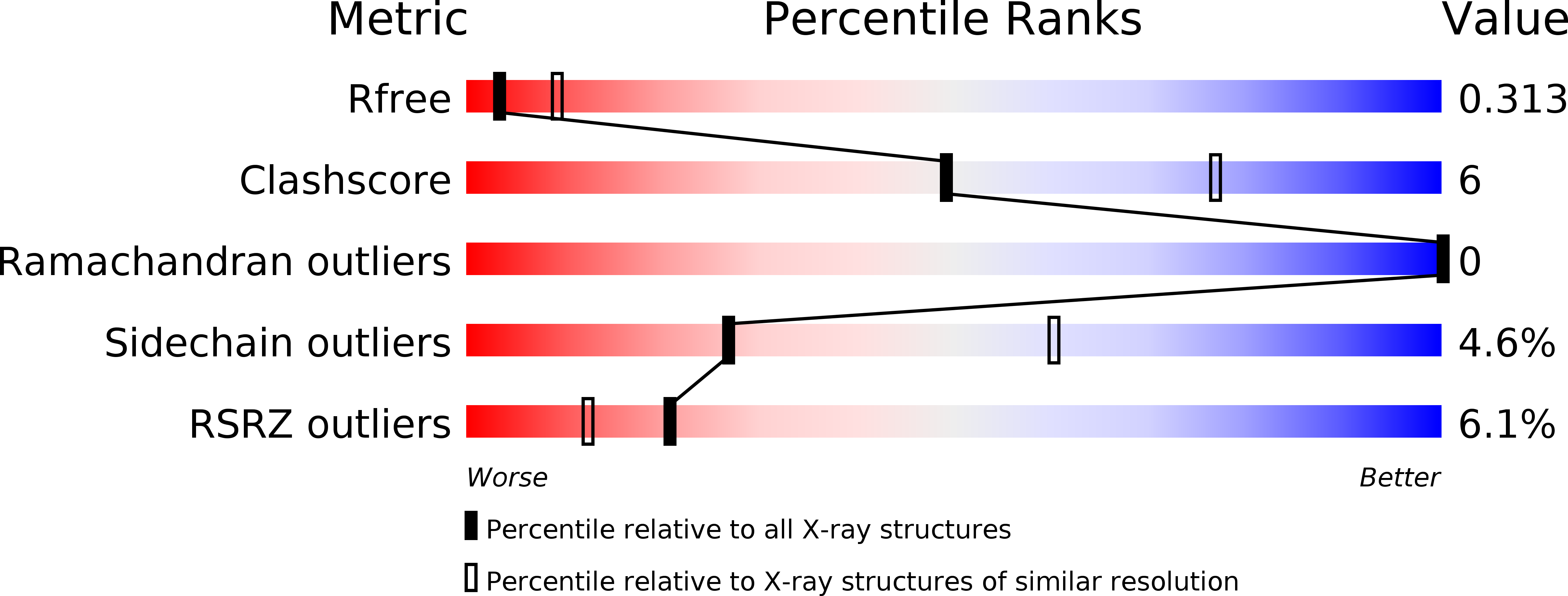
Deposition Date
2017-06-26
Release Date
2018-07-04
Last Version Date
2023-11-22
Method Details:
Experimental Method:
Resolution:
2.95 Å
R-Value Free:
0.31
R-Value Work:
0.28
R-Value Observed:
0.28
Space Group:
P 1 2 1


